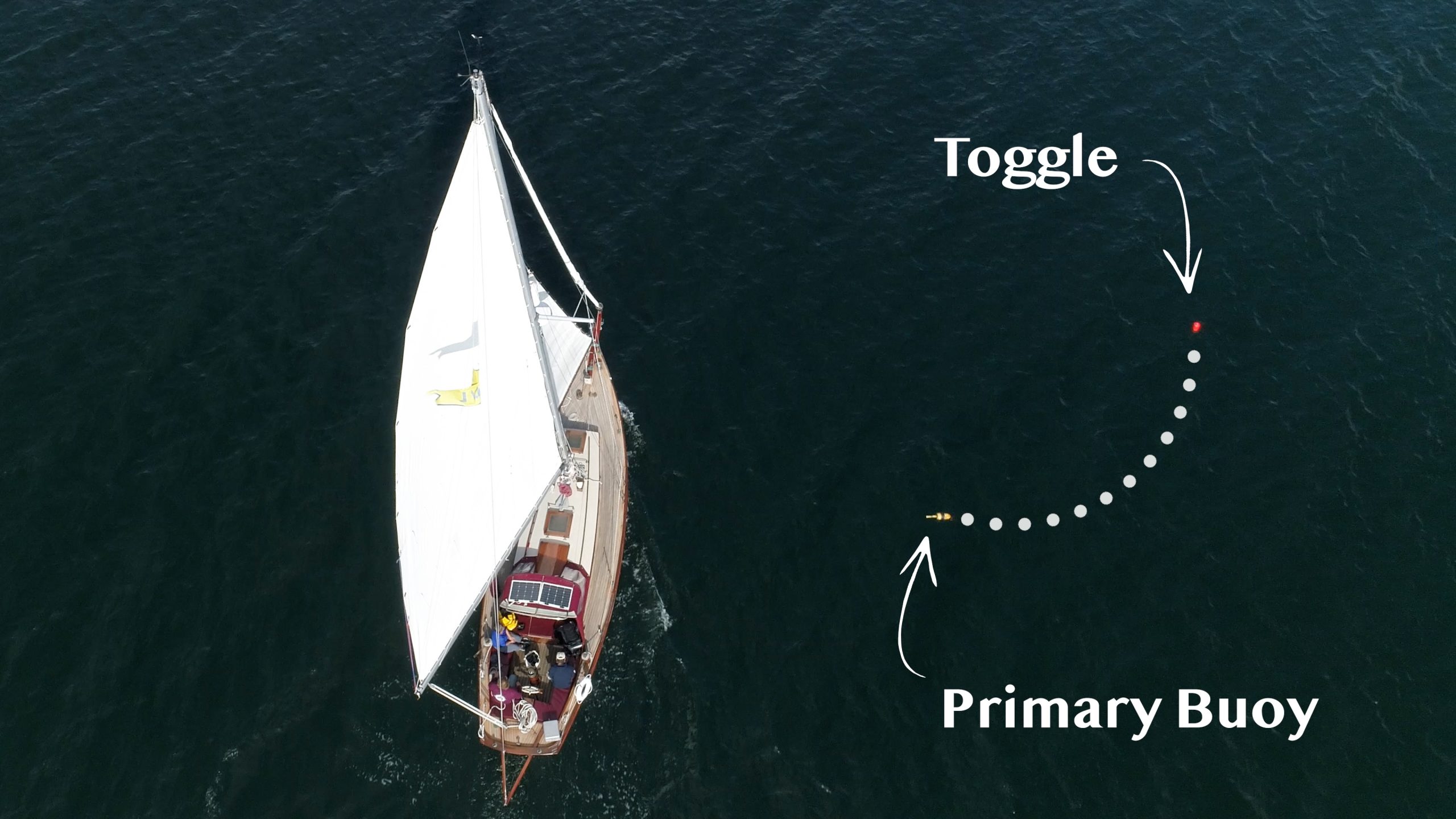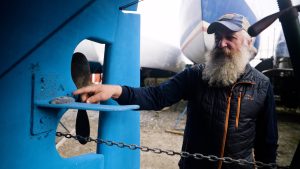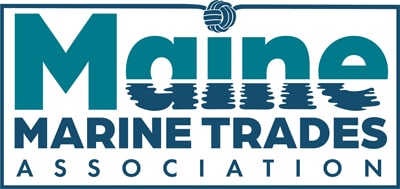
The Maine Marine Trades Association and Maine Sea Grant have collaborated with other local organizations and partners on an awareness campaign that will help empower boaters with tips to navigate around lobster gear and sea farms. A series of five educational videos can be found with other marine debris-related resources on the website: LoveMaineWaters.org.
The video series offers not only navigation tips for avoiding commercial fishing gear but also practical recommendations for securing everyday boating items, further supporting efforts to prevent marine debris. Viewers are introduced to various watercraft hull designs, with explanations of where lobster buoys and lines are most at risk of becoming accidentally snagged. In addition, the series provides advice on hull modification strategies, equipping boaters with solutions to reduce risks as well as advice on what to do if they do encounter a snag.
Brian Marcaurelle, Program Director at the Maine Island Trail Association (MITA) is one of the project partners; “MITA is proud to be a part of the LoveMaineWaters project, and we are grateful for our fellow collaborators for the work that has gone into producing these educational videos. We believe that knowledge is key no matter what you’re doing on the Maine coast, whether that’s camping on islands or navigating around fishing gear, so we hope that these resources are of value to everyone who loves Maine waters.”

Stacey Keefer, Director of the Maine Marine Trades Association, highlights the unparalleled coastal cruising opportunities available along the Maine coast for all types and sizes of watercraft. However, Keefer emphasizes, “Lobster traps on the seafloor that are out of sight should not be out of mind for boaters who are exploring these waters.”
She points out that each year, estimates suggest more than 100,000 lobster traps are lost in the Gulf of Maine. Not all of these losses are attributable to recreational vessels, nor is all marine debris related to fishing, but there is a chance for cruising boats to inadvertently pass over buoys and sever lines. Keefer believes that this risk can be greatly minimized through increased education and awareness among boaters.
The LoveMaineWaters partnership aims to ensure that both those who are new to boating in general and those new to boating in Maine’s unique waters, can enjoy safer and more enjoyable voyages. By providing education on the various types of fisheries configurations and effective navigation techniques, these resources empower recreational boaters to avoid possible pitfalls.
This video campaign will help boaters contribute not only to safer experiences on the water, but also to cleaner beaches and waterways. Moreover, recreational boaters can help foster a spirit of stewardship and collaboration by respecting waters shared with the fishing community.
Maine Marine Trades Association would like to thank our partners at Maine Sea Grant, Maine Island Trail Association, Maine Coast Fishermen’s Association, Maine Coastal Program, Maine Aquaculture Association, and Maine Center for Coastal Fisheries who helped make these videos possible. Sea Grant’s Marine Debris Community Action Coalition projects are funded through the Bipartisan Infrastructure Law (BIL) and the Inflation Reduction Act (IRA).
